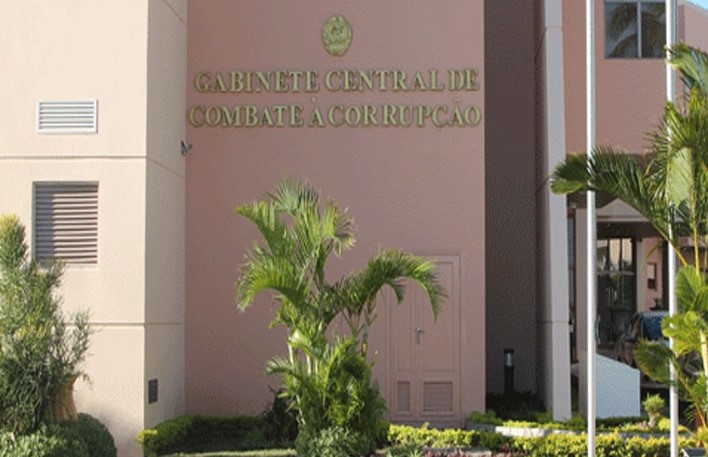Anti-Corruption Reforms Reprice Mozambique Sovereign Curve
CTA’s plan could compress XS2051203862 yields while MZN=X stability and EMB risk appetite improve on credible transparency gains; track policy rate 9.75%, inflation near 5%, and reserves around $3.7B through 2026.

Mozambique’s private-sector confederation, CTA, has returned governance to the center of sovereign risk pricing by tabling a tighter anti-corruption framework as markets reassess the country’s credit on LNG timelines and fiscal pressures. Real GDP expanded 5.5% in 2023 but slowed to roughly 2.2% in 2024, with 2025 growth projections clustered between 1.8% and 2.7%. Fiscal accounts remain strained: the overall deficit is projected near 6.2% of GDP in 2025 and public debt eased to about 91% of GDP in 2024 after reprofiling.
Inflation re-accelerated to 4.8% year on year in August 2025, and the central bank cut the policy rate to 9.75% at end-September. External buffers have improved, with net international reserves in the $3.6–$3.9 billion range by mid-2025. The metical has been broadly stable around MZN 63 per dollar; forwards imply modest depreciation consistent with disinflation and a cautious easing cycle.
The proposal matters because it targets the cost multipliers that inflate public outlays and depress private returns. Procurement opacity and discretionary enforcement raise project costs by double digits and prolong cash conversion for mid-market firms. A unified e-procurement portal, real-time disclosure of contract awards and beneficial ownership, and an ombuds function with prosecutorial referral would tighten oversight, reduce execution risk variance, and compress the governance premium embedded in credit, insurance, and FX pricing.
Assuming procurement overpricing falls 10–15%, the fiscal saving is 0.5–0.8 percentage points of GDP annually, narrowing the deficit without pro-cyclical tax increases and freeing space for priority capex with higher multipliers.
Debt pricing shows the governance discount in real time. Mozambique’s $900 million Eurobond due September 2031 (ISIN XS2051203862) carries a 9% coupon and recently yielded near 11%, down from roughly 18% at April 2025 wides. Compression reflects both EM beta and Mozambique-specific risk normalization.
A credible transparency pivot would extend the move via two channels: improved primary balances from efficiency gains and stronger FX generation as project bottlenecks clear. On a peer basis, the spread to broad EM hard-currency benchmarks remains wide; sustained reform should shave at least 150 basis points from the risk premium if LNG execution holds and fiscal anchors harden.
Sector dynamics reinforce the transmission. Manufacturing, about 10% of GDP, faces inflated logistics and customs costs that erode margins; predictable enforcement and transparent procurement lower working-capital drag and improve return hurdles for formal investment. In energy and infrastructure, lender caution after past disclosure failures has constrained project finance despite LNG momentum from TotalEnergies and Eni.
Cleaner governance reduces due-diligence frictions, reactivates PPP pipelines, and lowers expected loss assumptions in bank models, supporting a gradual rise in private-sector credit growth from low single digits. The FX pass-through remains contained as long as reserves stay near the current range and fiscal drift is controlled, allowing the 9.75% policy rate to hold provided inflation stabilizes around 5%.
The macro feedback loop is straightforward. Tighter procurement and enforcement improve fiscal quality, which narrows financing needs and reduces crowding-out in domestic debt markets. Lower funding costs support investment, which lifts non-extractive growth and diversifies FX inflows beyond LNG, further stabilizing the currency and creating room for measured monetary easing. The reverse also holds: slippage on transparency would widen spreads, pressure the metical, and force a pro-cyclical policy mix.
The forward read is testable over 6–18 months. First, transparency delivery: at least 80% of central-government tenders processed through a single portal with machine-readable award and beneficial-ownership data. Second, market pricing: the XS2051203862 yield sustained below 11% with ≥150-bp spread compression versus April 2025 wides after controlling for EM beta via EMB. Third, investment traction: FDI at or above 6% of GDP with a rising non-extractives share.
If these thresholds are met, Mozambique’s risk profile pivots from political to predominantly economic, enabling cheaper refinancing and a more durable currency corridor into 2026.





